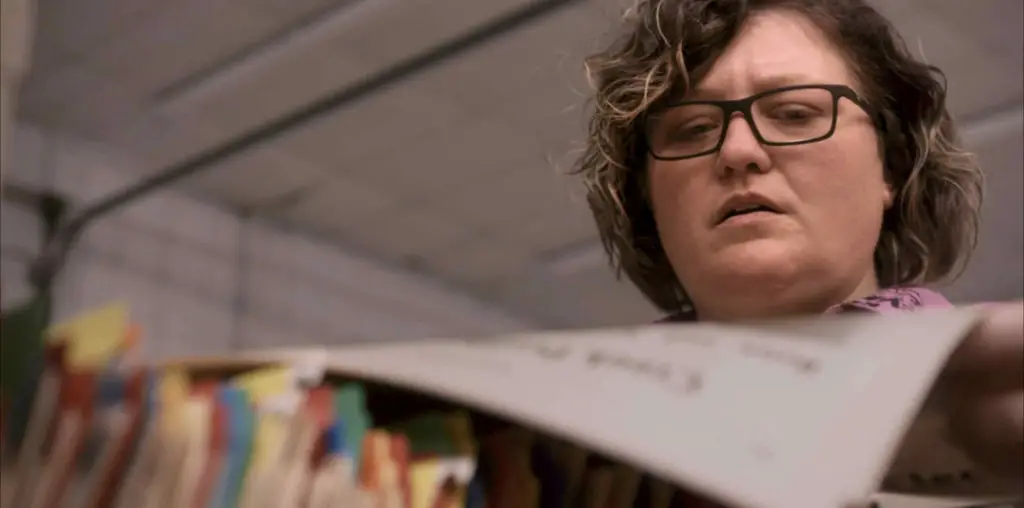
It’s a damn impressive trick to build a film around narrative frustration and not cause your audience to run out screaming. Hollywood has built its entire legacy on the assumption that the customer is always stupid, and as a result has babied their audience through thousands of films designed for the lowest common denominator. The audience is never allowed to feel confused or lost, and if on some off chance they are, it is only so that the film can return them to the comfort of their total and complete understanding. Gianni Amelio’s latest film, winner of the Golden Lion at the Venice Film Festival in 1998, but only now released in the United States, does not believe in this type of coddling, and in fact goes out of its way to leave us in the dark, even at the most basic plot level. And you know what? We are left the richer for it. In the absence of the carefully pre-chewed narrative Hollywood has accustomed us to, we are forced to wrestle with each stray fact lobbed in our direction, and put the events together on our own. In this aspect, “The Way We Laughed” owes much to the Italian neo-realism of Rossellini and De Sica, but more relevantly, it is indebted to the Iranian neo-neo realism of Abbas Kiarostami. Amelio has learned from Kiarostami the technique of eliding as much of the plot as possible, in the interest of involving the spectator more closely with the film. Spectatorial passivity is strictly discouraged by such a mode of filmmaking.
“The Way We Laughed” tells the story of two brothers, Giovanni (Lo Verso, an Amelio regular) and Pietro (Guiffrida), who move from Sicily to Turin, in northen Italy, in the interest of crafting a better life for themselves. Pietro has already been in school in Turin for some time when Giovanni arrives. Again, details are sketchy, and everything in the film is subject to interpretation, so my reading of the film may be completely different from someone else’s. Pietro has been playing hooky from school, entertaining himself by helping newly arrived peasants find their destinations rather than his studies. Giovanni works odd jobs, hoping that Pietro, his younger brother whom he treats like a son, will be a schoolteacher. “The Way We Laughed” takes place over a six year period, from 1958 to 1964, and each year is represented in the film by one day, or a similarly short period, adding to the confusion. Amelio has no qualms about dropping us without any warning into the next year’s events, letting us feel our way through the darkness until we’ve understood the changes the intervening year has wrought. Over the years, the brothers undergo a series of ups and downs, with Giovanni becoming steadily more important in the Turin underworld, and Pietro slipping further and further away before eventually returning to his studies with renewed vigor. I’ll leave the plot at that point, except to say that the film’s form reveals itself as the content, with the narrative ellipses becoming symbolic of the lies and evasions that form an essential part of the brothers’ relationship. “The Way We Laughed” is about the lies the brothers tell to each other, about each other, and eventually for each other, and the intensity of the brotherly bond that both respects and demands those lies. The film respects this intensity by forever keeping us at a distance from the brothers, never fully allowing us into their inner sanctums. “The Way We Laughed” ultimately returns to its beginning with a joke whose punchline is never revealed, closing the circle with no more certainty about its contents than when it began. The untold joke: a rich metaphor for “The Way We Laughed”, a film with far more interest in the endless possibility, narrative and otherwise, of open-endedness, of setups, than the sadness of concluding, of definition, of reaching the punch-line.
